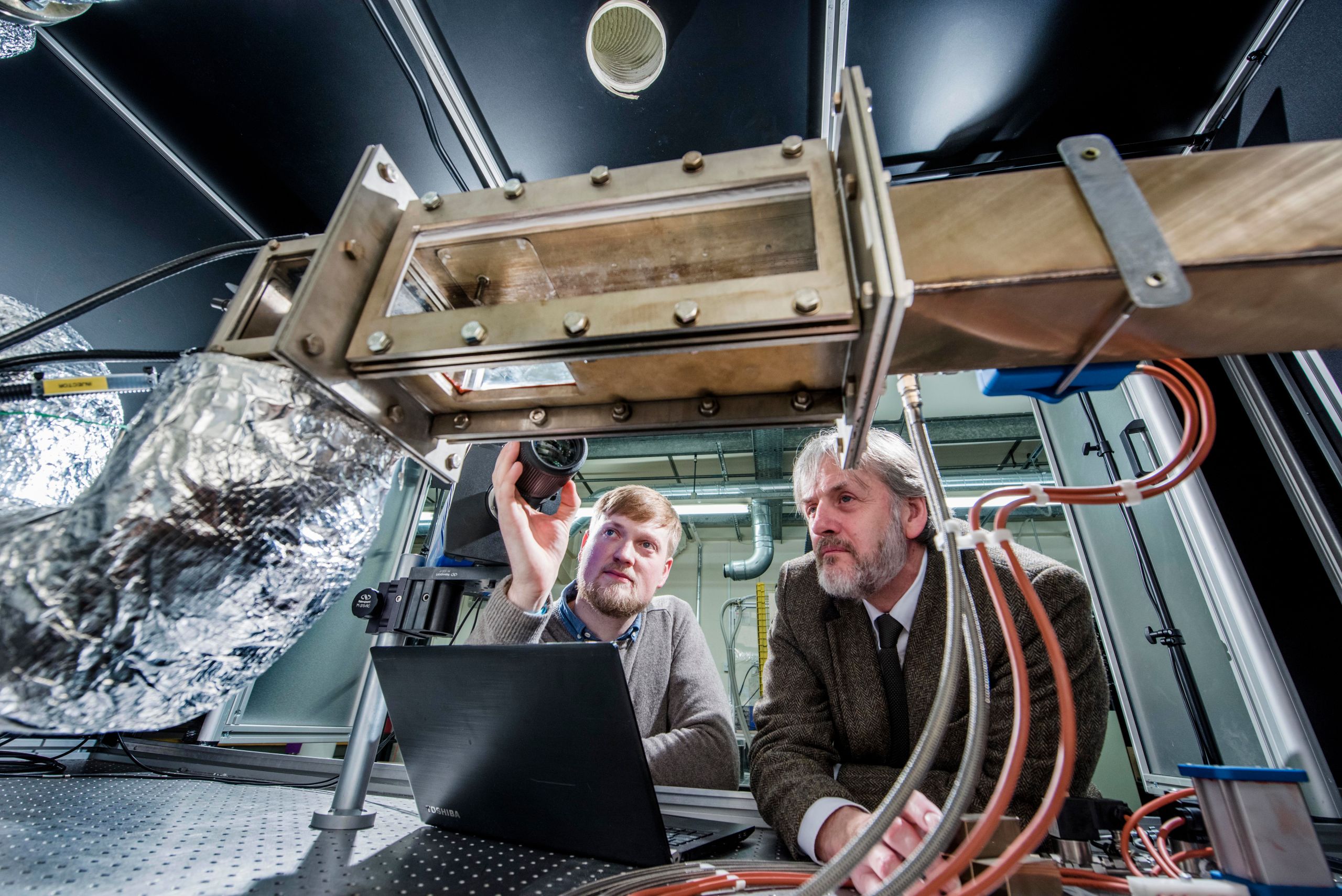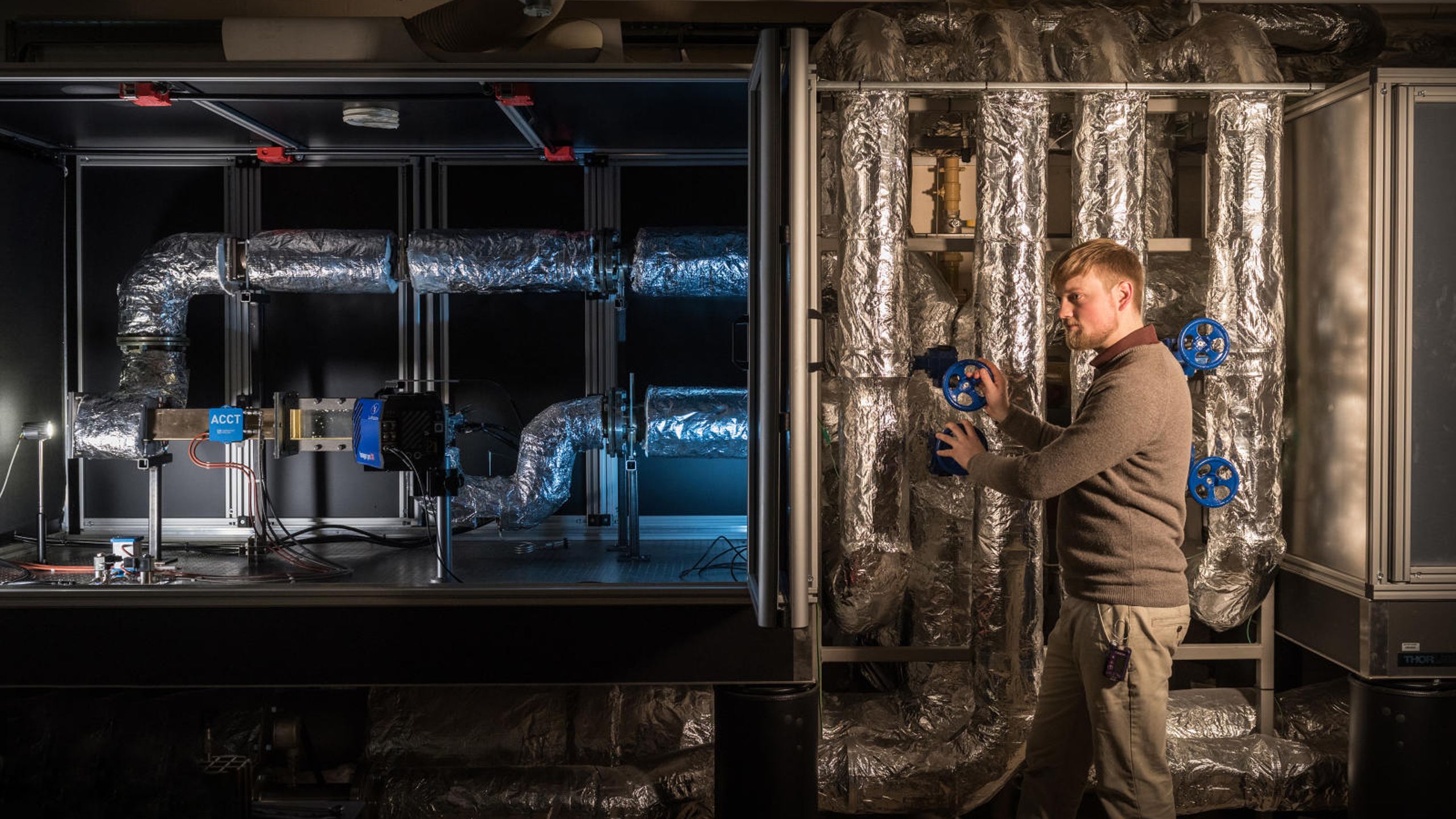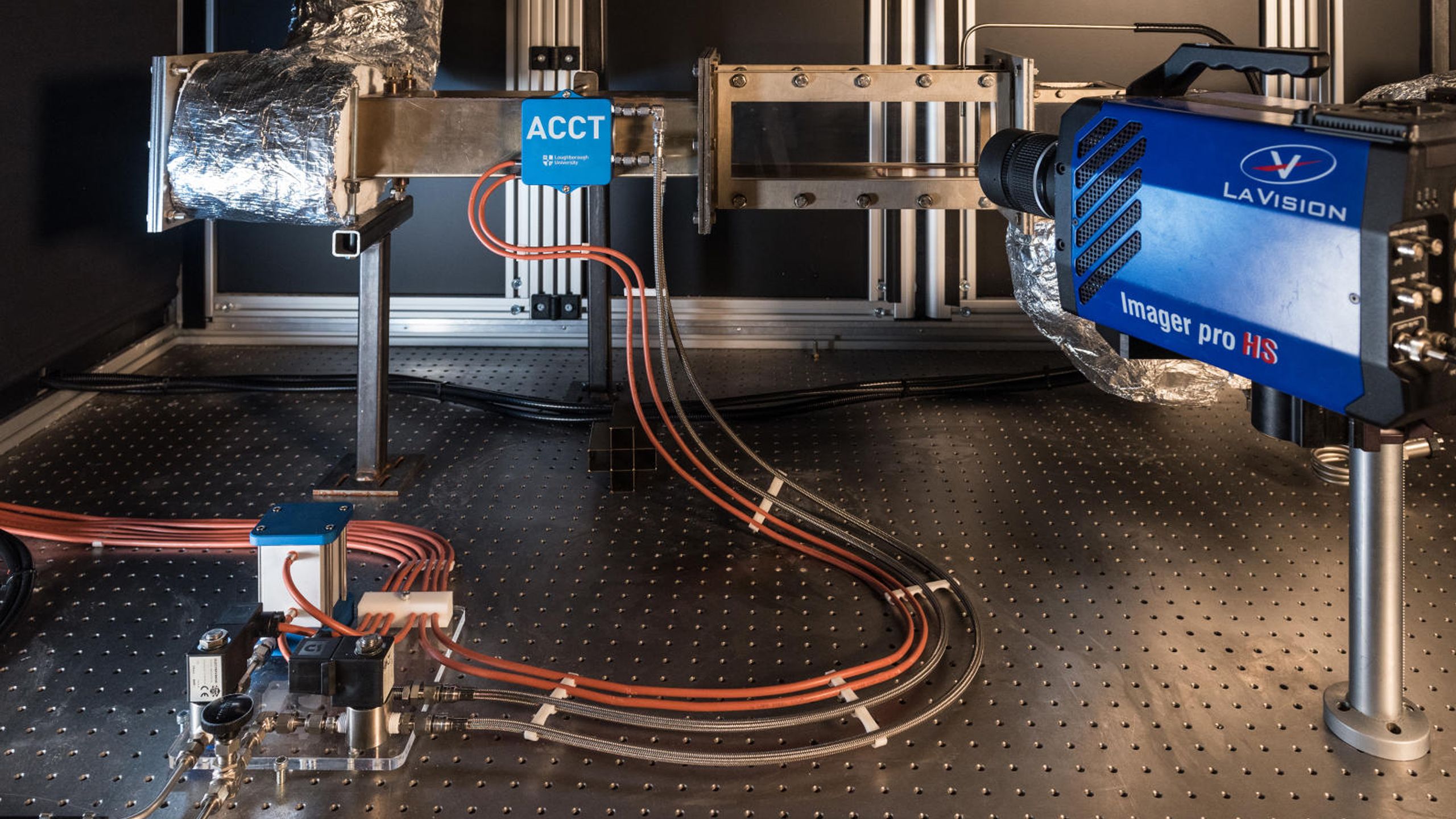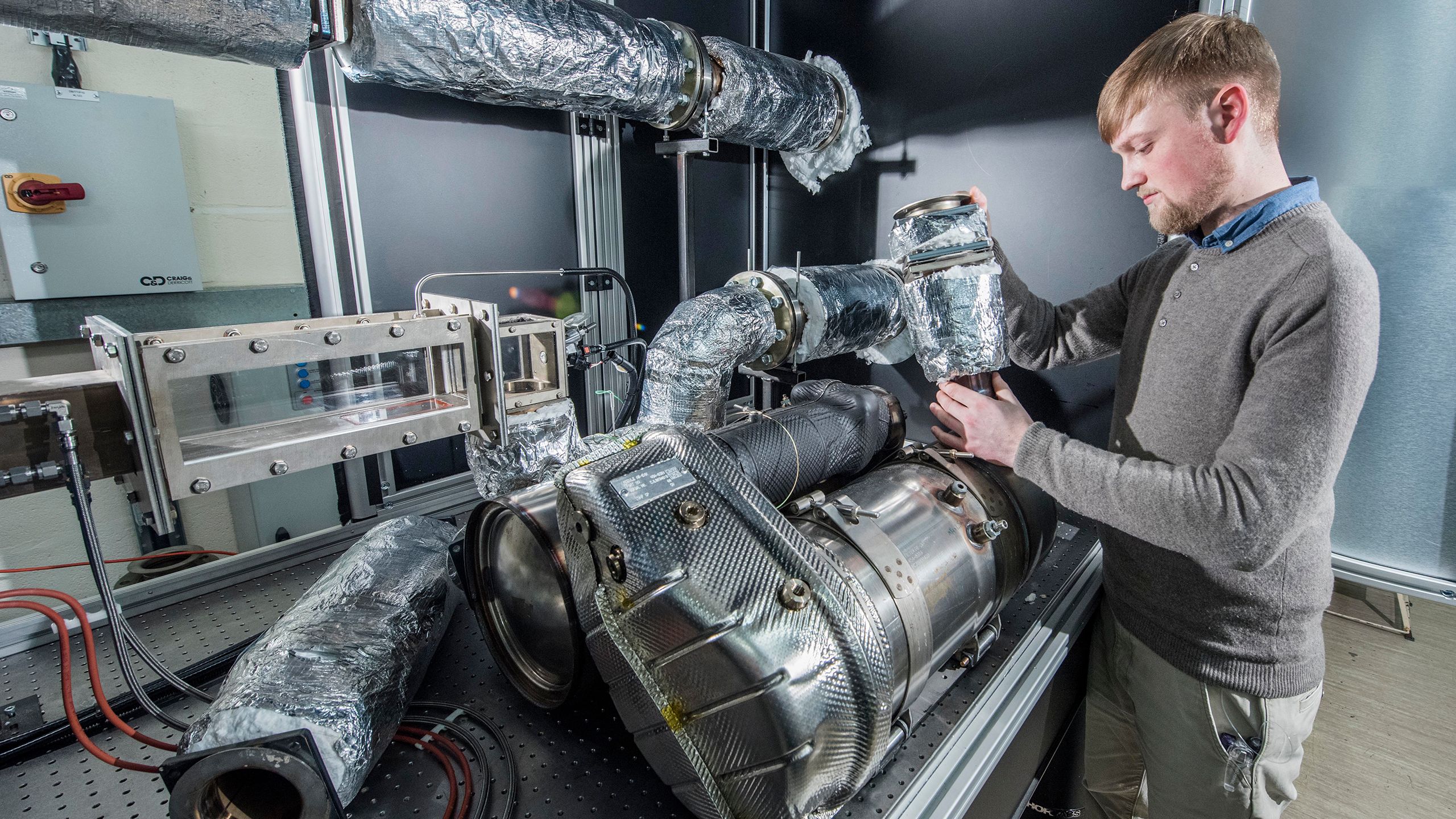A breath of fresh air
Going outside for some fresh air is not so easy nowadays

June 2017
In 2016, the World Health Organisation revealed that more than 90% of the UK’s population breathe highly polluted air on a daily basis.
In 2015 the Government estimated that exposure to NOx and particulate matter emissions from diesel engines lead to around 52,000 additional deaths in the UK. New data and revelations about the impact of air pollution on virtually all aspects of health are driving pressure for changes to be made.
With an estimated 31.7 million cars on the road in the UK, vehicle emissions contribute significantly to the unhealthy state of the air we breathe.
New technology at Loughborough is set to address this.
OUR FINAL WARNING
Just five days into 2017 London broke the legal limits for toxic air for the entire year in Brixton Road, Lambeth. Many other areas across London were expected to follow. In fact, figures from last year showed that 169 local authorities across the country were found to have gone over annual limits on nitrogen dioxide.
The invisible gas, produced predominantly by road traffic, can be linked to a number of health issues, such as lung disease, heart attacks and strokes. Official statistics released by DEFRA in 2015 showed that on average the rate of mortality across the UK is approximately 4.3% higher as a result of exposure to nitrogen oxides.
In February Britain was sent a final warning to comply with EU air pollution limits, ahead of heavy sanctions and fines being put in place.

Developments in technology and cleaner fuel formulations for reducing emissions levels mean that headway is being made in improving air quality in the UK. However, the growing number of vehicles on the road works against the benefits of these solutions, meaning more must be done.
PROVIDING THE SOLUTION
Researchers from the University’s Wolfson School of Mechanical, Electrical and Manufacturing Engineering believe they hold the solution. The team, which includes Professor Graham Hargrave and Jonathan Wilson, have developed a ground breaking emission reduction technology, which will dramatically lower NOx output in diesel cars.
"We've been working at the forefront of NOx reduction technology since 2006, working closely with industry to develop high efficiency engines that meet very, very strict emissions targets," comments Professor Hargrave.
"ACCT - The Ammonia Creation and Conversion Technology - greatly extends the temperature range at which selective catalytic reduction (SCR) systems can operate."
To explain: Selective catalytic reduction (SCR) is an advanced active emissions control technology system. The system injects a diesel exhaust fluid, ADBlueTM, through a special catalyst into the exhaust stream of a diesel engine, providing the ammonia needed to reduce harmful NOx into harmless nitrogen and water. All new diesel vehicles are fitted with an SCR system. However, ADBlueTM only functions well at high exhaust temperatures, typically exceeding 250 degrees. This means it doesn’t necessarily operate when an engine is colder during short stop-start commutes and urban driving. Vehicles also tend to emit more pollution during the first few miles of a journey whilst their engines are warming up.

"This brand new technology effectively mitigates these problems, easily integrates with existing SCR systems, and fills in the low temperature regions where the current system is failing to operate," says Jonathan Wilson.
"ACCT essentially makes use of this fluid at lower temperatures. The new technology uses waste heat to convert a small volume of exhaust fluid into a new solution that produces the required ammonia for reducing NOx, even at low temperatures."
At present, no other technology exists that functions at these temperatures, and as it uses the readily available, industry-standard AdBlueTM, the new technology will integrate effectively with existing systems, with minimal need for redesign.



"ACCT - The Ammonia Creation and Conversion Technology - is like nothing the industry has ever seen before."
Professor Graham Hargreave

A 'WIN WIN' SITUATION
In addition to dramatically lowering NOx output, ACCT will also improve engine and fuel efficiency in vehicles, and reduce CO2 emissions.
Currently the technology has been tailored for HGV’s, however the same system is fully scalable for use in all diesel vehicles.
“No viable alternative to the diesel engine currently exists for the heavy duty market and is going to be in use for many more years,” says Jonathan Wilson.
“Systems are needed now that tackle NOx emissions, to help reduce the number of air pollution related deaths and enable vehicle manufactures to meet the ever reducing emissions targets set by the Government. ACCT is the answer.”
The team of experts, plan to develop the technology for license across the board in order to help all diesel vehicles meet emission reduction targets, making our roads cleaner
and greener.
"This technology could deliver real world benefits, in terms of reducing harmful emissions like NOx, and hopefully provide a significant benefit to society through clean air."
Chris Thorne, Chief Technology Officer
Heavy Duty Vehicles for the Energy Technologies Institute


